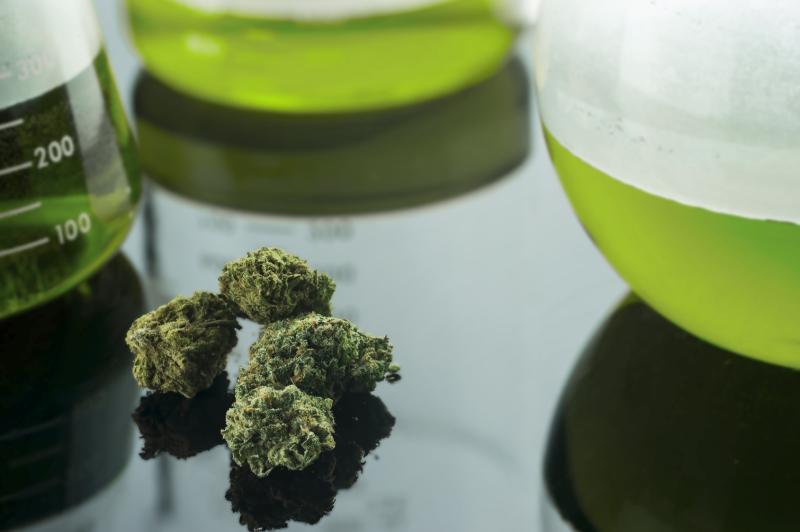
Cannabis appears to have negative effects on male fertility, suggests a systematic review.
“Clinicians should be aware of these potential effects when prescribing medical marijuana therapies to men of reproductive age, and they should consider the degree of cannabis use as a possible component of a complete male infertility workup,” the researchers said.
A literature search was carried out using PubMed and Medline to identify studies focusing on the effects of cannabis on male fertility. Animal and human studies, in which primary data were obtained or retrospective analyses were done, were identified. Forty-eight studies were reviewed.
Cannabis-induced alterations in male fertility were found to be strongest in the semen. Moreover, cannabis appeared to have a significant role in reducing sperm count and concentration, inducing abnormalities in sperm morphology, reducing sperm motility and viability, and inhibiting capacitation and fertilizing capacity. [J Urol 2019;202:674-681]
In animal models, cannabis resulted in testicular atrophy and reduced libido and sexual function. However, these results are yet to be replicated in human studies, according to the researchers.
Studies of hormonal changes reported inconclusive effects on testosterone levels, lowered luteinizing hormone levels and unchanged follicle-stimulating hormone levels.
Medical cannabis has shown therapeutic promise in certain areas including multiple sclerosis and chronic neuropathic pain, but its potential adverse effects remain widely understudied, according to the researchers. [Front Biosci 2011;16:498-516]
“Because men of reproductive age are the most prevalent users of marijuana, its ability to impact male fertility is of special importance,” they noted. “Human sperm express cannabinoid receptors, suggesting that they are directly impacted by alterations in the balance of the endocannabinoid system.”
Further evidence suggesting the association of the cannabinoid system with erectile capacity showed that the CB1 receptor blocker rimonabant induced erection in rats when injected into the paraventricular nucleus. This was supported by another study which found that the mechanism is likely facilitated by neuronal nitric oxide synthase activation by rimonabant. [Neuropharmacology 2006;50:219-228; Behav Brain Res 2006;169:274-281]
Most of these findings were obtained from animal models, in vitro studies of endogenous cannabinoid compounds and retrospective analyses. The limited amount of data in human subjects are primarily caused by the ethical and legal complications of an in vivo, controlled study, the researchers said.
“Future studies should focus on gathering large cohort data in national surveys, similar to the voluntary, cannabis related data collection done with compulsory military fitness examinations in Denmark,” they added. [Am J Epidemiol 2015;182:473-481]
The hemp plant cannabis sativa or cannabis indica is the main source of marijuana. Its main psychoactive component is THC, which is associated with altered sensual perception, mood changes and impaired body movement. [Iran J Psychiatry 2012;7:149-156]
“Medical cannabis has been used as an experimental remedy with varying degrees of success in a large number of disorders, including dementia, multiple sclerosis, Parkinson disease, social anxiety disorder, depression, tobacco use disorder and neuropathic pain,” the researchers said. [Ment Health Clin 2018;7:29-38]